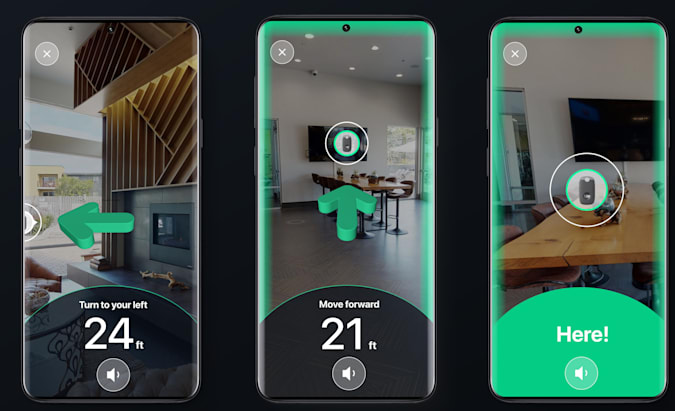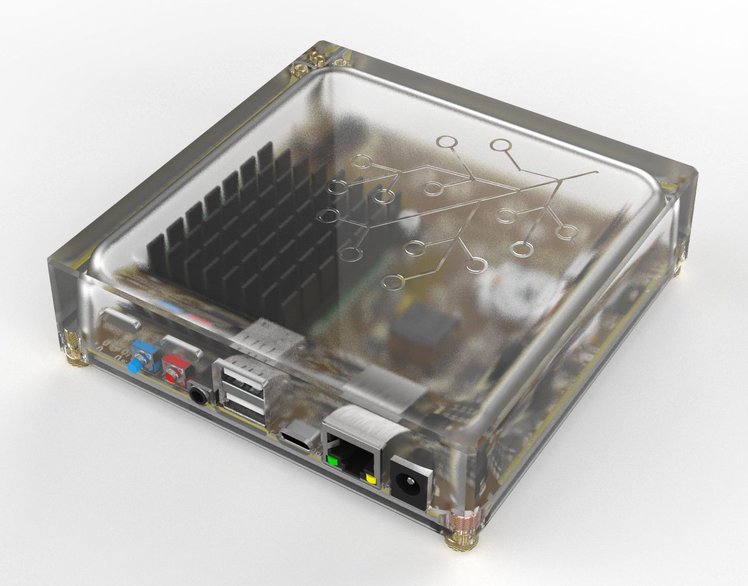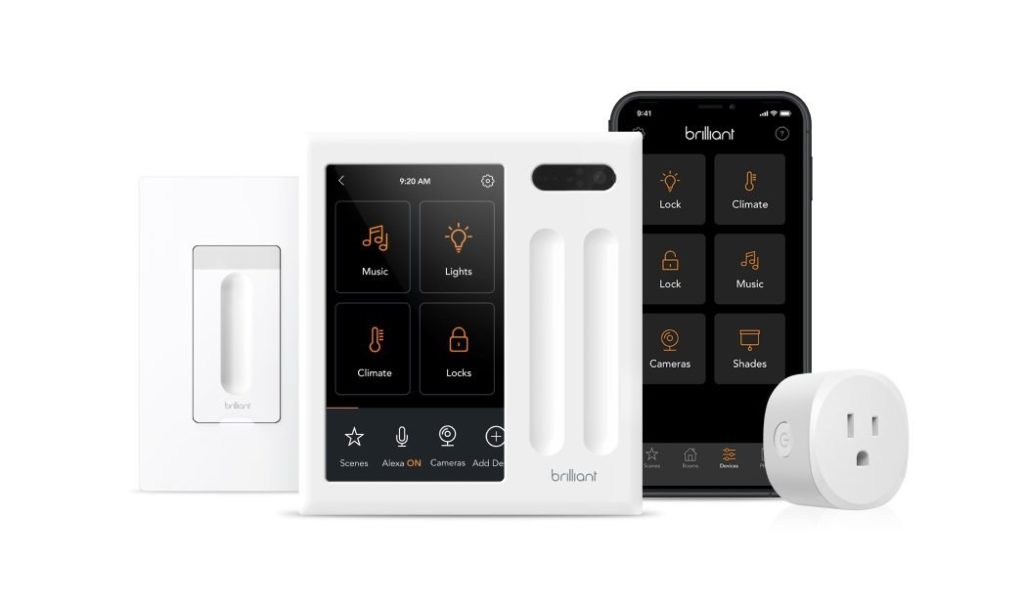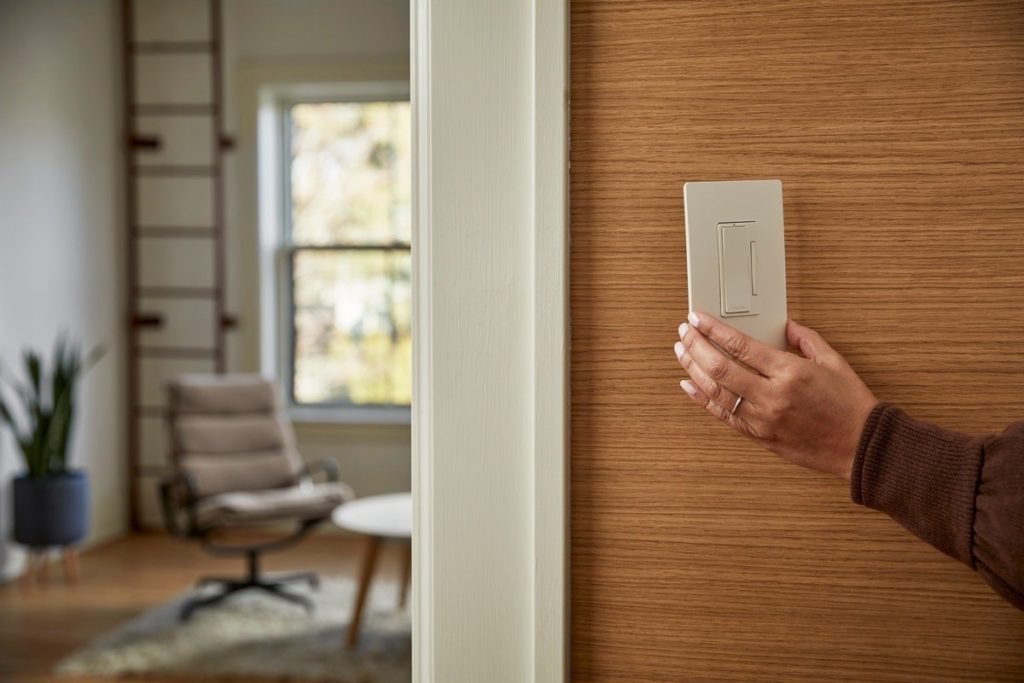This week’s show kicks off with news from many of the big smart home players offering their plans for the Matter smart home protocol. First, we discuss Google’s plans, before focusing on Samsung’s latest announcements and then a surprise update from Eero, which is owned by Amazon. Sticking with Amazon, we also cover the news that Alexa is now employed in hospitals and senior living facilities. We cover industrial IoT sensor provider Augury’s $180 million round of funding, and a new report from Palo Alto Networks on how remote working and IoT devices have compromised enterprise security before heading into some news from Amazon, Aqara, Inmarsat, and two retailers removing Chinese cameras from their shelves. Finally, we answer a listener question about a switch for LIFX lighting without a neutral wire.
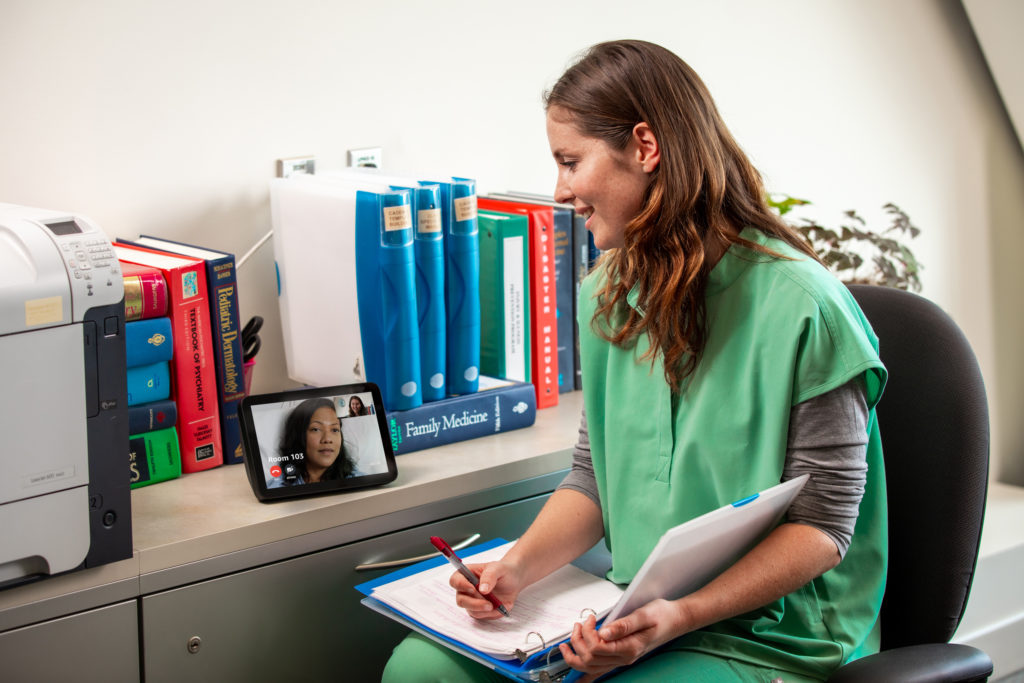
Our guest this week is Steve Statler, the senior vice president of marketing at Wiliot, a company that had been making Bluetooth beacons that don’t require batteries. Now the company offers sensing as a service and licenses its chip technology. Statler explains the shift and discusses how Wiliot had to build up a web of relationships to make the sensing-as-a-service option possible. We also discuss how smart Bluetooth tags can create what Statler calls the demand chain to track products on an individual level and ensure supply meets demand based on reality instead of estimates. Statler also talks about how to make the tags recyclable, and what he still needs to make that happen. It’s a fun interview for people who have high hopes for smart labels, and who want a glimpse of the future where items in your fridge or closet may communicate with you after you’ve purchased them.
Hosts: Stacey Higginbotham and Kevin Tofel
Guest: Steve Statler, Wiliot
Sponsors: Very
- More support for Matter (and more questions too)
- Alexa now has a role in senior living facilities and hospitals
- Augury’s sensors have saved Colgate-Palmolive a lot of tubes of toothpaste
- Why Wiliot switched from selling chips to selling a service
- Do we want our clothes to ask us why we haven’t worn them in a while?
Podcast: Play in new window | Download | Embed
Subscribe: RSS


